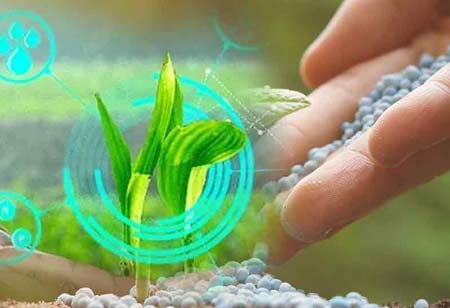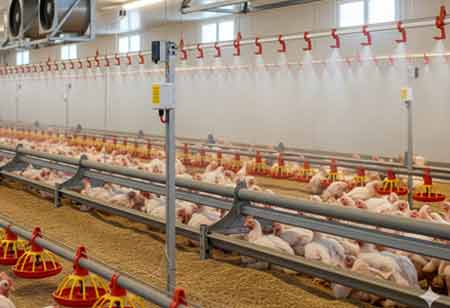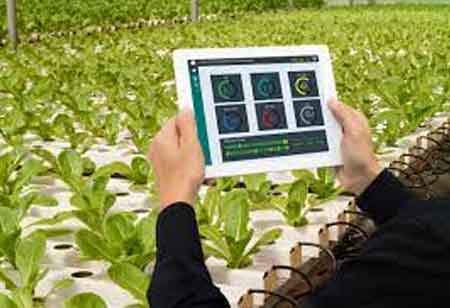Thank you for Subscribing to Agri Business Review Weekly Brief
How Open Control Loop Systems Control Irrigation Systems
A sprinkler system cannot be operated efficiently without an irrigation control system.

By
Agri Business Review | Monday, July 04, 2022
Stay ahead of the industry with exclusive feature stories on the top companies, expert insights and the latest news delivered straight to your inbox. Subscribe today.
In the absence of an irrigation controller, you'd have to manually turn on and off the sprinklers every time you wanted to use the system.
FREMONT, CA: A sprinkler system cannot be operated efficiently without an irrigation control system. An irrigation controller is a timepiece that instructs your sprinkler system when to turn on and how long the water should run before the system shuts off. Without an irrigation controller, you would be responsible for manually activating and deactivating the sprinkler system whenever you want to use it. Keep in mind that larger sprinkler systems that cover a broad area may necessitate using many irrigation controllers to perform effectively.
This type of equipment can be utilized in any scenario that requires an irrigation or sprinkler system, including residential, commercial, and industrial locations. An irrigation control system would permit you to irrigate your vertically-grown crops at the appropriate intervals throughout the day. The applications of these systems depend on the sort of system you purchase. If you acquire a modern irrigation control system, it should have a sensor that monitors the weather and other elements to determine when the sprinkler should be activated and deactivated. You may also alter the system's schedule to ensure that it only starts when plants want water.
In addition to minimizing the effort required to maintain your sprinkler system, an irrigation control system can assist you in saving money on your monthly water bill. Without this technology, you could erroneously overwater your landscape or switch on your sprinkler system at inconvenient times, which would result in high water bills. This article provides a comprehensive overview of irrigation control systems and their operation.
Open control loop systems and closed control loop systems are the two types of controllers available for use in irrigation control systems. A system with an open control loop requires some external intervention to function effectively. These systems function by executing a predetermined action, which can be accomplished using an irrigation timer. In contrast, closed control loop systems can use sensor feedback to make decisions and implement them within the irrigation system.
Open Control Loop Systems
When employing an open control loop system, the system's operator or a predetermined amount of water determines when water is applied. This operation is then programmed into the irrigation controller to ensure the system functions according to a predetermined timetable. External involvement is required to operate an open control loop system properly. This system is controlled by the volume of water in the system or the length of time the irrigation system has been on.
These factors can be used in a single open control loop system. For instance, you might use a clock to detect when watering begins and configure the irrigation system to cease once a certain amount of water has been delivered. The system administrator will determine these parameters. The primary benefits of employing an open control loop system are the technology's ubiquitous availability, low cost, and flexibility in scheduling types.
The fundamental problem with open control loop systems is that they cannot account for weather fluctuations. Even if a massive storm passes through your area just before the sprinkler system is scheduled to activate, it will still start at the predetermined time. Open control loop systems will need regular resets to ensure maximum irrigation system efficiency.





